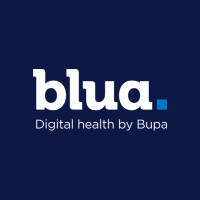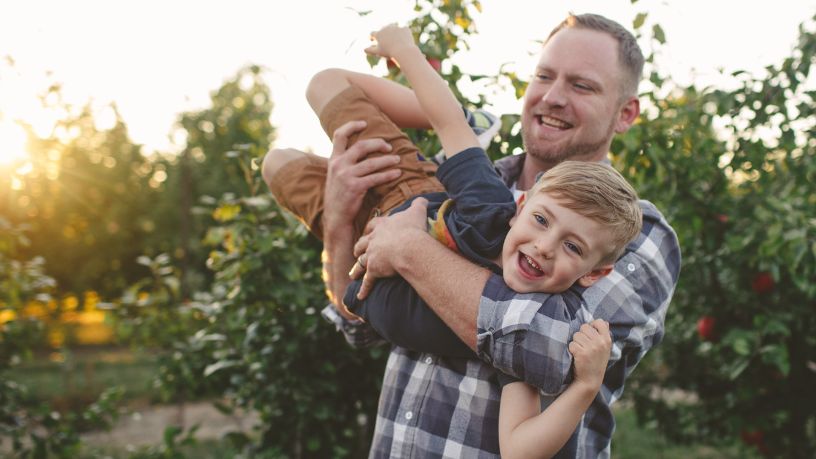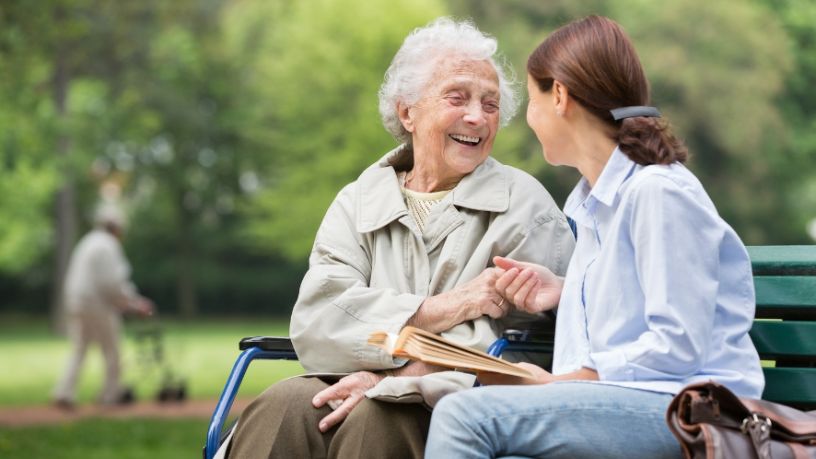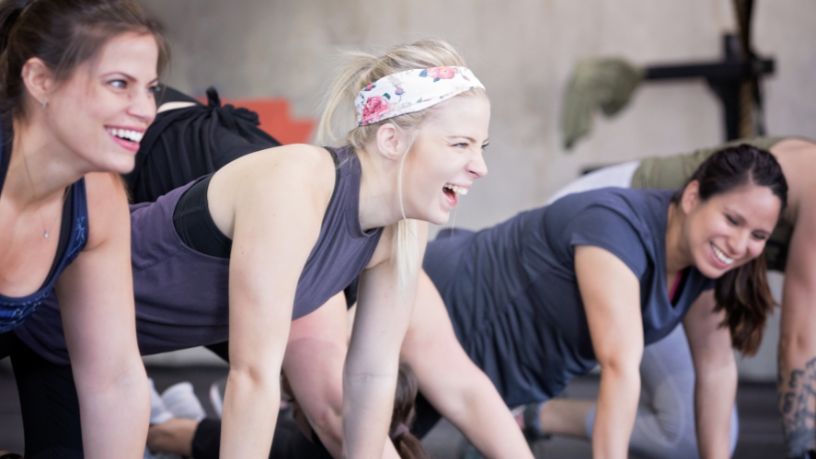On this page
Key takeaways
- Your body makes vitamin D when your skin’s exposed to the sun’s UVB rays, helping keep your bones and muscles strong.
- More sun doesn’t mean more vitamin D, your levels plateau after a short time in the sun.
- When the UV index hits 3 or above, it’s time to slip, slop, slap and protect your skin.
A moment in the sun doesn’t just make you feel good, it’s important to help your body make vitamin D. But too much exposure increases your risk of skin cancer.
The good news is you don’t need to spend hours in the sun to get your daily dose of vitamin D.
Find out how you can get the balance right.
Why do we need vitamin D?
Your body needs vitamin D to help you absorb calcium from the intestine. Calcium is important for healthy bones, teeth and muscles. UVB radiation from the sun is the best source of vitamin D.
In Australia, around 30% of adults have a vitamin D deficiency.1
If you don’t get enough vitamin D, it can lead to bone and joint pain. In adults it can increase the risk of osteoporosis, and in children it can increase the risk of rickets, which are soft, weak bones. It’s also believed there is a link between vitamin D deficiency and depression.2
How do we get vitamin D?
Vitamin D is formed in the body when the skin is exposed to UVB radiation from the sun. This is the most effective way to get the vitamin your body needs.
While some foods, like oily fish, eggs and fortified dairy products, contain small amounts of vitamin D, diet alone usually isn’t enough to maintain adequate levels.
That’s why brief, regular sun exposure is essential for keeping your bones, muscles and overall health strong.
How much sun do we need to get enough vitamin D?
Because UV levels are generally high in Australia, you need to balance the risk of skin cancer from sun exposure with maintaining your vitamin D levels.
The amount of sun exposure you need to make vitamin D depends on factors such as the UV level (which varies according to season and latitude), your skin type, and your lifestyle.
In the Australian summer, most people get enough vitamin D by exposing their forearms outdoors, for up to 5 minutes, on most days of the week (between 10am and 3pm). Prolonged sun exposure does not cause vitamin D levels to continue to increase, but it does increase the risk of skin cancer.3
Around 2 in 3 Australians will be diagnosed with skin cancer in their lifetime4 and around 2000 Australians die each year as a result5. This means protection against excessive UV exposure remains vital, even for those with vitamin D deficiency.
You should wear sun protection if the UV Index is 3 or higher. When the UV index is lower than 3, sun protection generally isn’t needed.
When the UV level is less than 3, the Cancer Council recommends spending some time outdoors, preferably being physically active, in the middle of the day.
Keep in mind that sunscreen blocks UVB rays, so your skin won’t produce vitamin D while it’s on, but short, unprotected bursts in lower-UV conditions are enough for most people.
Regular, moderate-intensity physical activity on most days of the week can also help preserve the body's active form of vitamin D, even during winter.6
Your body can store the vitamin D it makes during the summer. This can help maintain vitamin D levels through the winter.7
The safest way to get vitamin D
To safely build and maintain your vitamin D levels:
Check the UV Index daily. Apps like the Bureau of Meteorology or SunSmart app show when sun protection is recommended.
Aim for short, regular bursts of sun on your hands, forearms, or face when UV levels are below 3.
Be active outdoors. Physical activity helps your body use and store vitamin D more efficiently.
Avoid tanning or too much time in the sun. Prolonged sun exposure or tanning increases skin cancer risk.
Talk to your GP if you’re worried about deficiency, they may recommend a simple blood test or supplements if needed.
Book online doctors
Access online doctors for simple medical health needs like requesting a prescription, asking for a medical certificate, or medical advice that may not need a physical consultation. Available to eligible Bupa members.
In an emergency, call 000.
Who is at risk of vitamin D deficiency?
Some people are more at risk of having low vitamin D levels. These include:
- Those with naturally very dark skin. This is because dark skin needs more UV exposure to produce enough vitamin D.
- People who cover up outdoors for religious or cultural reasons
- People who are obese
- Older people who are housebound or living in care homes
- Babies whose mother is deficient in vitamin D
- People who have had skin cancer or have an increased risk of skin cancer
- Those who are housebound or spend a long time indoors
A little knowledge goes a long way in helping you enjoy your moment in the sun, topping up your vitamin D, safely.
Resources
The Cancer Council offers information on the risks of overexposure to the sun.
Healthy Bones Australia provides online resources on how to stay healthy and well when living with osteoporosis and how to reduce your risks.

At Bupa, trust is everything
Our health and wellbeing information is regularly reviewed and maintained by a team of healthcare experts, to ensure its relevancy and accuracy. Everyone's health journey is unique and health outcomes vary from person to person.
This content is not a replacement for personalised and specific medical, healthcare, or other professional advice. If you have concerns about your health, see your doctor or other health professional.
1 Healthy Bones Australia (2025) Vitamin D and Bone Health. Healthy Bones Australia
2 Nutrition and the Brain (2022) Is Vitamin D Important in Anxiety or Depression? What Is the Truth?. Nutrition and the Brain.
3 Melanoma Management (2015) Skin cancer and vitamin D: an update. Melanoma Management (2015)
4 Public Health Research and Practice (2022.) Keratinocyte cancer incidence in Australia: a review of population-based incidence trends and estimates of lifetime risk. Public Health Research and Practice
5 Australian Government Department of Human Services (2023). Medicare Item Reports. Australian Government Department of Human Services
6 Advanced Science (2025) Exercise without Weight Loss Prevents Seasonal Decline in Vitamin D Metabolites: The VitaDEx Randomized Controlled Trial. Advanced Science
7 Nutrition and Metabolism (2025). Vitamin D—is the sun enough for us?. Nutrition and Metabolism
You might also like
Your guide to sunscreen and SPF
You may know that sunscreen provides protection from the sun, but have you ever wondered how it works? Figure out which sunscreen is right for you.
Sunburn: Everything you need to know
The occasional sunburn might seem like an everyday part of Australian life, but do you know how much damage it could be doing to your skin and your health?
What causes osteoporosis and how to lower your risk
Osteoporosis occurs when your bones break down faster than they can repair themselves. Learn the causes, symptoms and treatment options for this common condition.
How to prevent osteoporosis when you’re young
Osteoporosis weakens bones, affecting quality of life as we age. Learn how to reduce your risk in your younger years.





